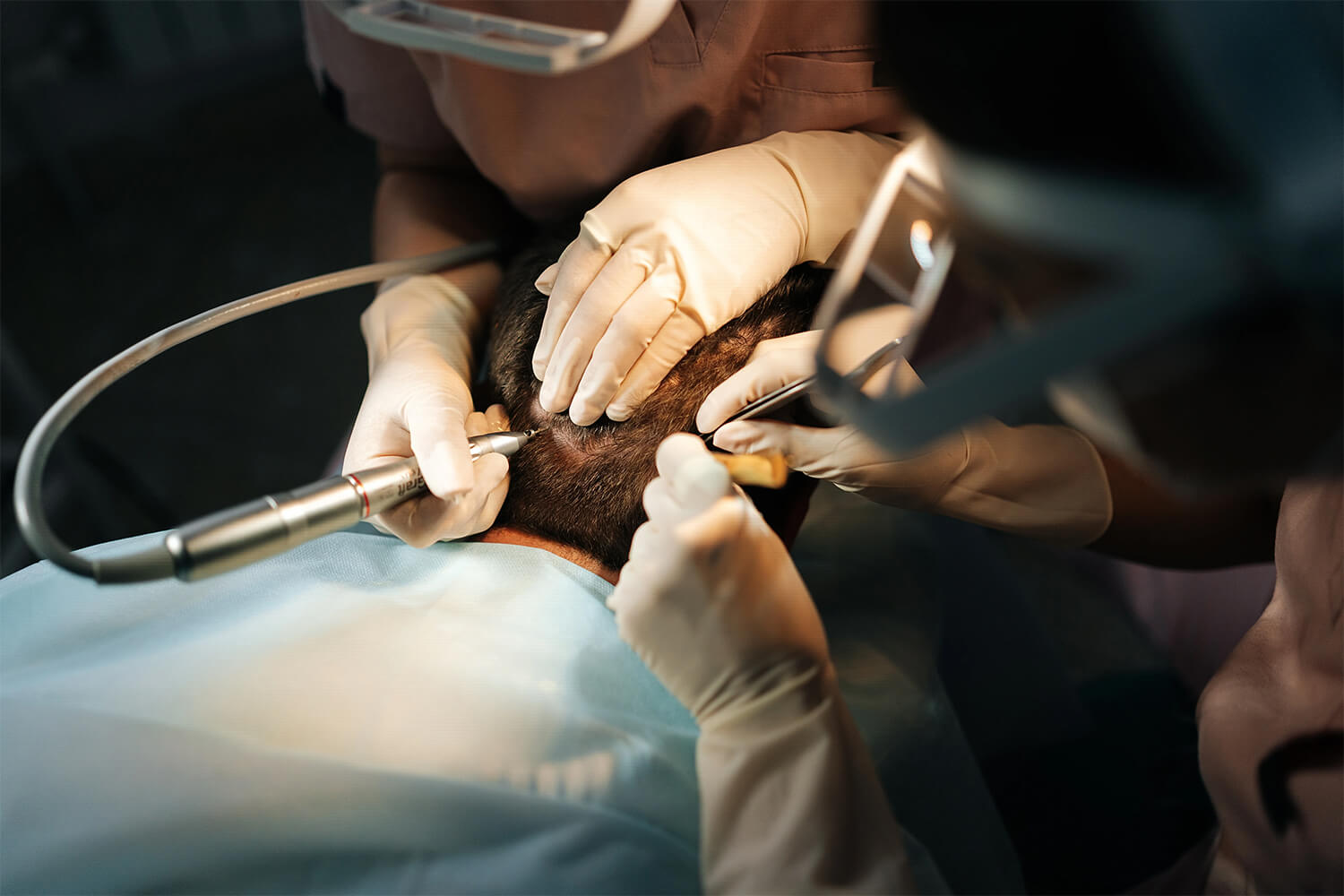How Many Hair Transplants Can You Have?
Hair transplantation has become one of the most effective and long-lasting solutions for hair loss. But for individuals experiencing progressive hair thinning or those with extensive baldness, a common question arises: How many hair transplant procedures can you safely undergo?
The answer depends on several individual factors, including your donor area capacity, extent of hair loss, overall health, and the technique used. Let’s explore the key aspects that determine how many times a person can undergo a hair transplant surgery.

Is It Possible to Have More Than One Hair Transplant?
Yes, it is entirely possible — and often normal — for patients to undergo multiple hair transplant sessions during their lifetime. In fact, many people return for a second or even third procedure due to:
Continued natural hair loss in non-transplanted areas
Desire to increase density in previously transplanted zones
Larger areas requiring coverage than can be done in one session
Improvements in technique over time
However, the number of procedures one can safely undergo is not unlimited.
Key Factors That Influence How Many Transplants You Can Have
1. Donor Area Availability
The donor area (usually the back or sides of the scalp) has a limited supply of healthy, permanent hair follicles. Each transplant procedure extracts follicles from this zone. If this supply is depleted, additional transplants may not be possible — or may yield poor cosmetic results.
The average person has about 6,000 to 8,000 usable grafts in the donor area. Depending on how many were used in the first session(s), you may have enough for one or two more.
2. Type of Hair Loss and Its Progression
Men and women with progressive hair loss, such as androgenetic alopecia (male/female pattern baldness), may require touch-up sessions as thinning continues. Patients under 30 are especially likely to experience changes that demand a second transplant in the future.
3. Scalp Laxity and Density
For FUT (strip method) procedures, scalp laxity (how stretchy your scalp is) affects how many strips can be safely harvested.
For FUE (Follicular Unit Extraction), the density and quality of follicles in the donor area determine how many grafts can be safely extracted without causing visible thinning or scarring.
4. Results of Previous Transplants
If a previous transplant did not yield optimal density or natural results, a corrective or enhancement session may be required.
5. Patient Expectations
Some patients aim for subtle improvement, while others want maximum density. Depending on the size of the balding area and expectations, more than one transplant may be necessary to reach desired results.
What Is the Typical Number of Transplants?
One session is enough for patients with mild to moderate hair loss (e.g., temples or small crown area).
Two sessions are common in cases of moderate to extensive loss, where the first session covers the front and the second focuses on the crown.
Three or more sessions may be needed for those with:
Significant balding (Norwood 5–7)
Low donor density
Ongoing hair loss over time
However, it’s rare for most people to safely undergo more than 3–4 transplant sessions, due to donor limitations.
Is There a Maximum Number of Grafts?
There is no fixed limit, but most clinics recommend not exceeding 4,000–5,000 grafts in a single session to avoid trauma and ensure high graft survival. Over a lifetime, the total number of safely harvestable grafts typically ranges between 6,000 and 8,000, depending on your genetics.
Risks of Too Many Transplants
Having too many procedures — especially when performed inappropriately — can lead to:
Overharvested donor area (visible thinning or patchiness)
Low graft survival due to damaged scalp
Unnatural appearance
Increased scarring or poor healing
This is why it’s critical to work with a skilled, ethical surgeon who plans your treatments based on long-term strategy, not just short-term results.
Alternatives to Additional Hair Transplants
If your donor area is exhausted or you prefer not to undergo another surgery, options include:
Scalp Micropigmentation (SMP) for visual density
PRP (Platelet-Rich Plasma) therapy to support existing hair
Medications like minoxidil or finasteride
Hair fibers or concealers for cosmetic coverage
Body hair transplantation, in select cases, using hair from the chest or beard (if suitable)
Final Thoughts
Yes, you can have more than one hair transplant, and in many cases, it’s necessary for the best aesthetic results. However, the total number depends on your donor hair supply, hair loss progression, and treatment goals.
To ensure safe and satisfying outcomes, consult a qualified hair restoration specialist who can create a personalized, long-term hair restoration plan.
